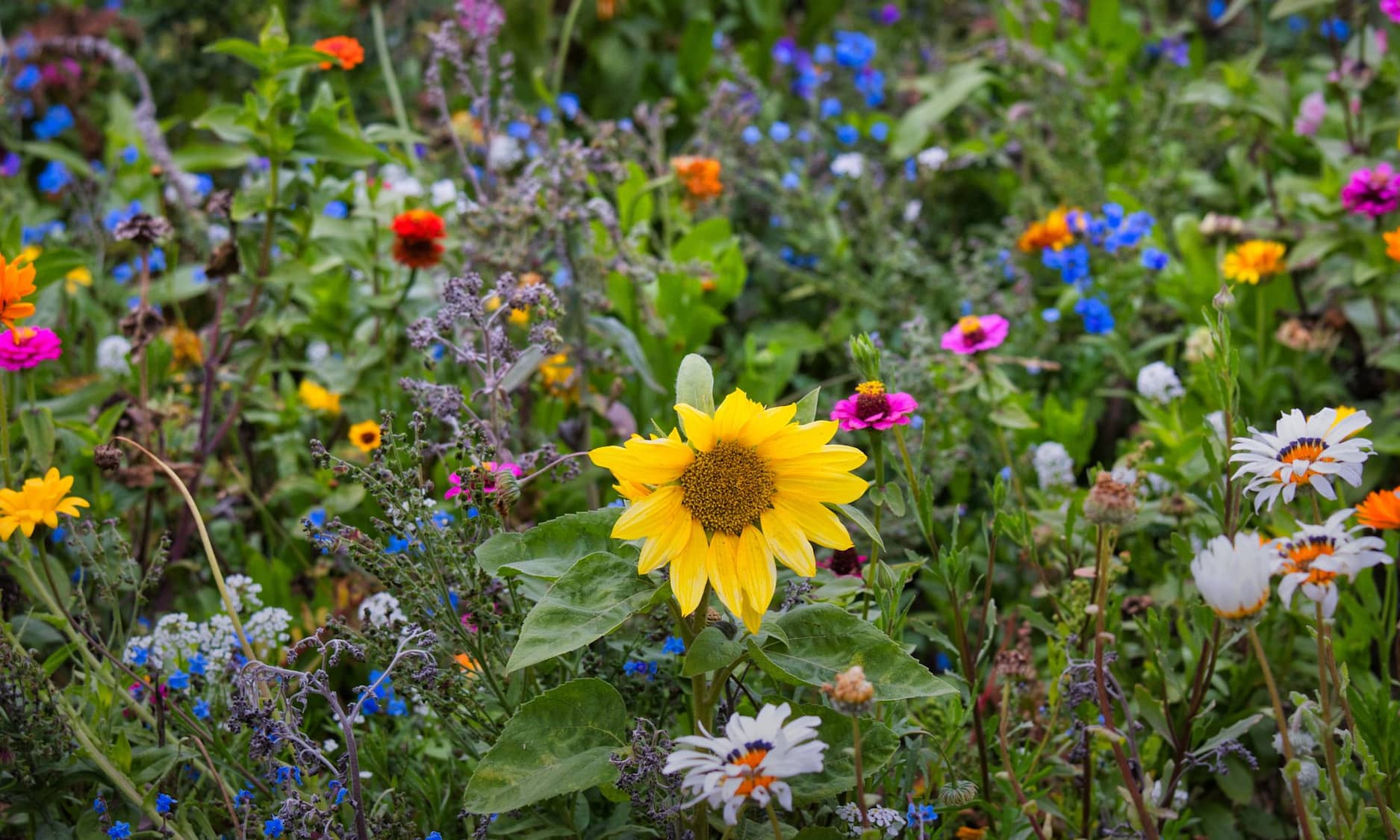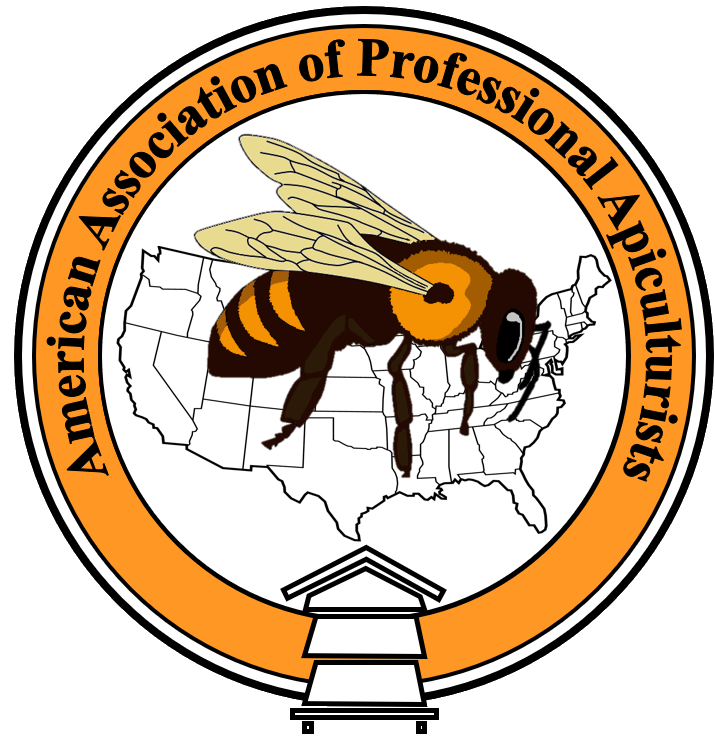The AAPA (American American Association of Professional Apiculturists) is the culmination of a number of discussions over many years concerning how the professional beekeeping community in the U.S., consisting principally of researchers and extension workers, could develop its own voice in beekeeping matters. Beekeepers themselves were represented at both the national and local level by numerous associations, while the regulatory community had its Apiary Inspectors of America (AIA).
For many years, beekeeping professionals and those who taught beekeeping had looked somewhat enviously at the Canadian Association of Professional Apiculturists (CAPA), which encompasses teaching (extension), research and regulatory (bee inspection), and takes a direct leadership role in apicultural events in that country.
The Canadian Association of Apiculturists (CAA) was originally founded in 1959. At the 1974 Annual Meeting held in Banff, it decided to federally register and professionalize, becoming known as the Canadian Association of Professional Apiculturists (CAPA). CAPA works closely with the Canadian Honey Council (CHC), which represents producers and packers throughout Canada.
In 1979, a fledgling effort spearheaded by Drs. E.C. (Bert) Martin, Hachiro Shimanuki, and Basil Furgala, among others, to form a U.S. professional group was delayed due to shifts in industry leadership, especially at the Agricultural Research Service (ARS) in Washington, D.C. IRS’ initial role with its various honey bee laboratories was distinct from those entities making up the CAPA-CHC relationship, which were not part of Canadian Governmental structure. Care had to be taken that ARS personnel, as an integral part of any professional apicultural association, would not be seen as U.S. congressional lobbyists.
Finally, in 1983, at a meeting of the Apiary Inspectors of America in Florida, the new professional association became a reality. It seemed reasonable to name it after the successful Canadian model (CAPA), and American Association of Professional Apiculturists (AAPA) was adopted. Many in the beekeeping community still remember this event, hosted by then chief Florida apiarist Jim Herndon, consummated by downing quantities of the Sunshine state’s premier Zellwood sweet corn-on-the-cob in January.
Yours truly (Dr. Malcolm T. Sanford, then on the faculty at the University of Florida) was the charter president of the AAPA, editing a newsletter for the group until 1994, and publishing a membership directory. In 1992, celebrating the first decade of AAPA’s existence, the Association took a step back to see where it had gone with respect to a vision put forth by Dr. Harry Laidlaw, suggesting it should: “brief and ‘popularize’ scientific papers appearing in journals; review articles having practical application; introduce itself to the industry through journals; and keep pounding beekeepers with the importance what bee scientists are doing for beekeeping.”
The AAPA had pursued a number of these goals in the early days of its history, but often fell short for the same reason that it was formed in the first place, including fragmented membership and lack of unity of purpose. Nevertheless, concrete accomplishments continued to be documented as the organization matured. Significantly, AAPA has managed to meet every year since its inception, something that many in the early times did not think possible. Currently, it rotates its meeting with both national beekeeping associations and the Apiary Inspectors of America.
Present activities include several travel and research awards, developing a new logo and the possibility of instituting a publishing relationship with the online entomological journal, Insects, published by Taylor and Francis. The Association has grown substantially since its inception, now sporting in the neighborhood of 80 members. This reflects the current situation with an influx of researchers and others from fields related to honey bee health.
Back in 1995, the Association underwent a comprehensive review under the leadership of then President, Dr. Keith Delaplane, and took another step toward adopting much of Dr. Laidlaw’s vision from three years earlier. Perhaps most significantly it merged with and now regularly sponsors the American Bee Research Conference (ABRC).
A large part of the credit for the beginnings of the ABRC belongs to the United States Department of Agriculture’s Drs. Joe Moffett at the Tucson, AZ laboratory and John Harbo at the Baton Rouge, LA facility. They designed the Conference as a venue for informal exchange of ideas, providing the capacity to share ongoing studies as short abstracts, and thus, not compromising final possible formal publication of the results. An integral social component was also implemented, which included informal snacks and discussion, allowing colleagues from disparate organizations to become better acquainted. Finally, the meeting was somewhat shortened when compared with conventions of other trade or scientific groups.
The initial meeting of ABRC was held in Baton Rouge on October 6 and 7 1986. After some deliberations, the first abstracts were published in the December issue of American Bee Journal, and continued for at least the next 20 years.
Too much cannot be said about the effort that Dr. Harbo in particular put into this conference during its early years. Without his vision and hard work, the ABRC would have remained only an idea whose time might have come. He truly made it into an institution without which beekeepers and the research community would be a great deal poorer.
The shifts and the current trajectories of the AAPA-ABRC partnership suggest a relatively bright future for both. They will be on display again January 2019 as part of the American Honey Producers Meeting in Phoenix, Arizona.
May 2018
Malcolm T. Sanford
https://beekeep.info/

